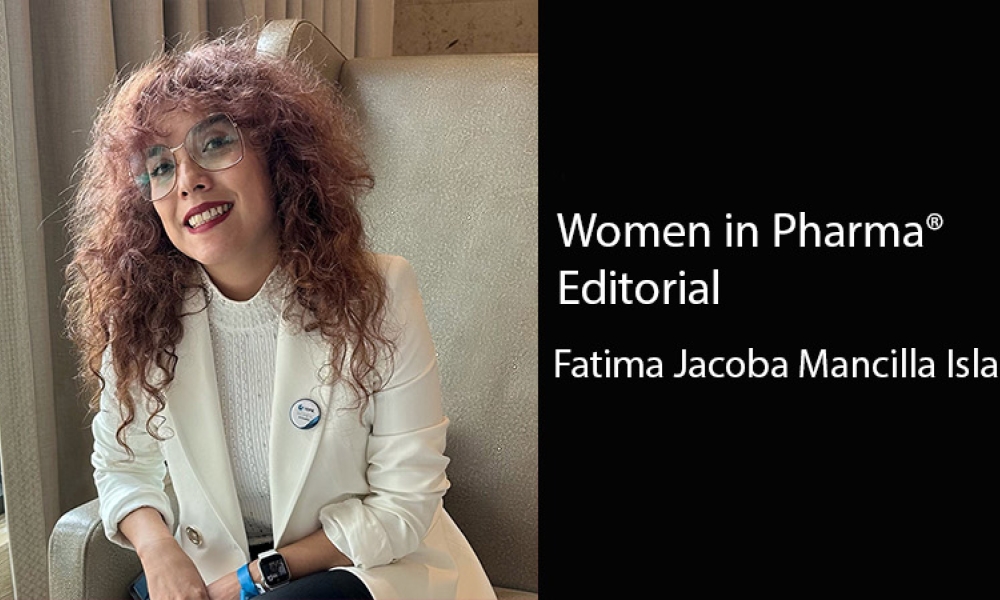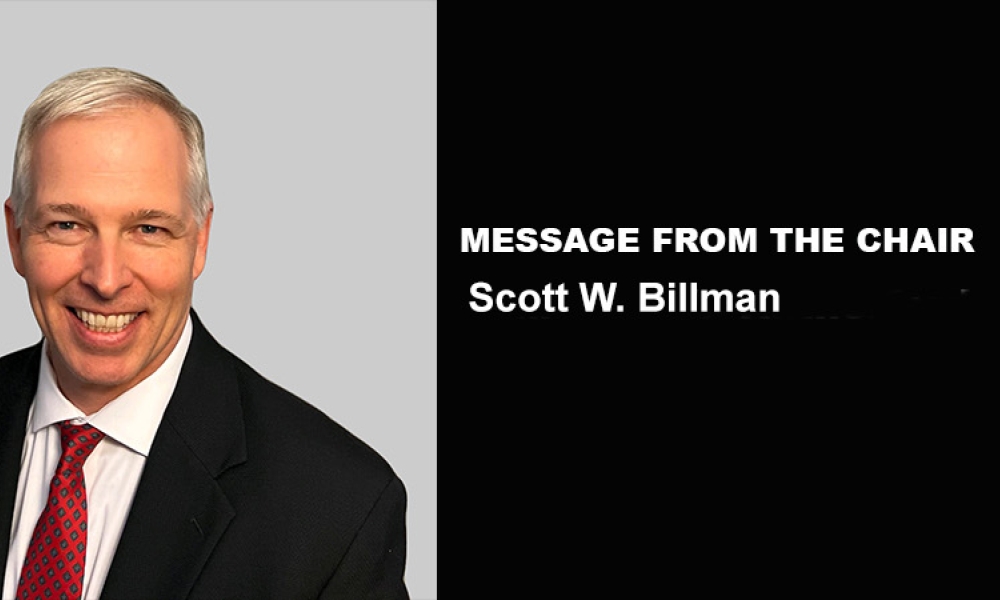Backing Biosimilars
Stephanie Sutton says, “Making great scientific magazines isn’t just about delivering knowledge and high-quality content; it’s also about packaging these in the right words to...



